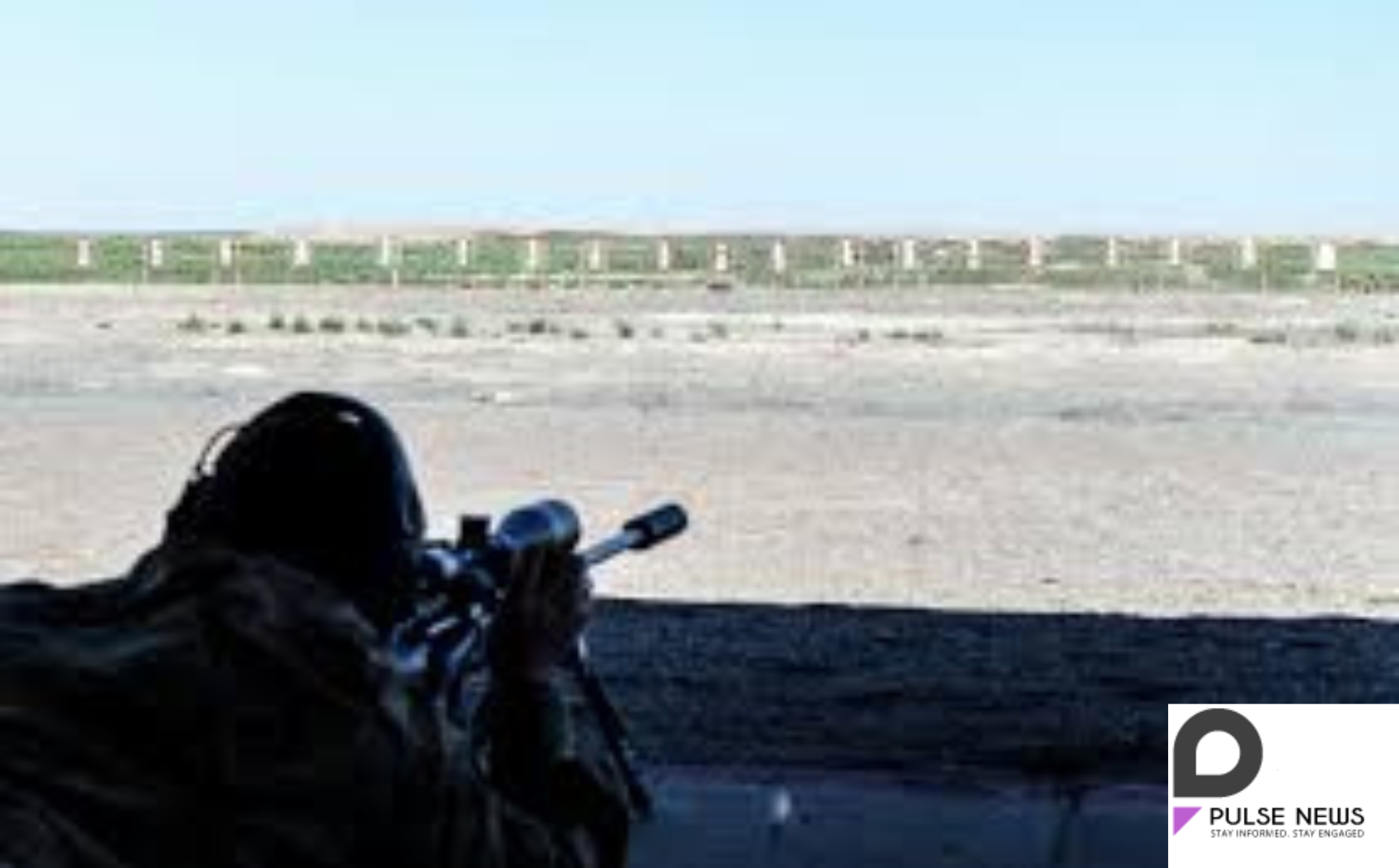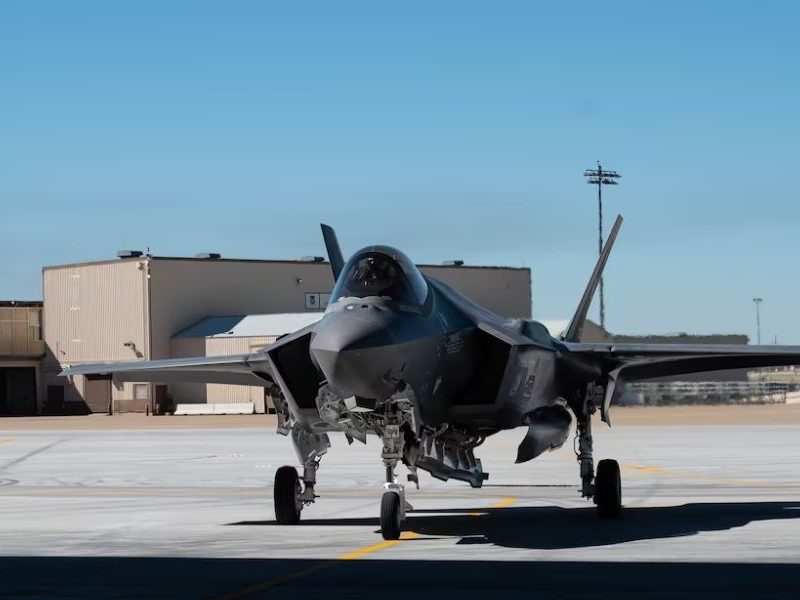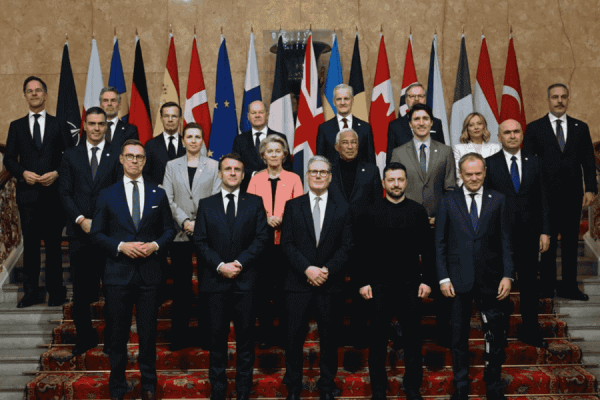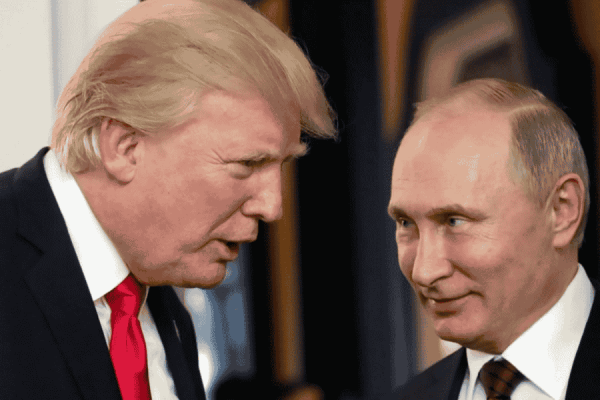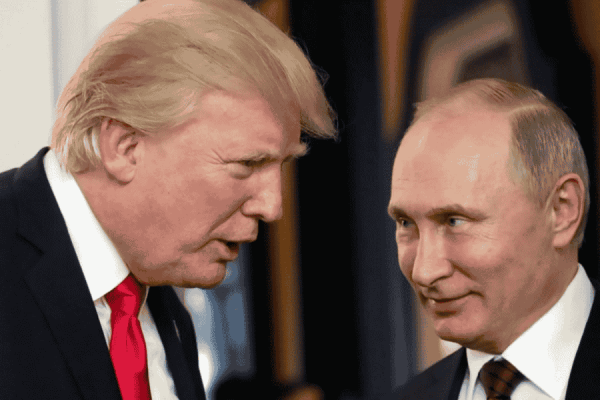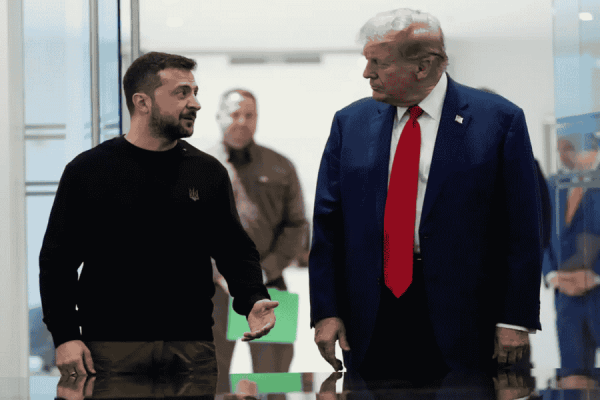Islamabad :The recent political climate in Pakistan has seen heightened tensions, particularly surrounding the protests organized by the Pakistan Tehreek-e-Insaf (PTI).
These demonstrations have not only raised questions about the party’s strategies but also brought the role of law enforcement into sharp focus. Allegations of excessive force, including claims of disproportionate measures by security personnel, have sparked debates. Among the speculations circulating on various platforms, there have been claims about the deployment of army snipers during these protests. However, no verified information or credible reports link journalist.
Wajahat S. Khan to making such claims.
While the allegations of excessive force remain unconfirmed, the focus has shifted toward law enforcement strategies and their impact on public safety. Protests, especially in sensitive areas like Islamabad’s Red Zone, pose significant challenges to maintaining order. Authorities have consistently emphasized the need for robust security measures in these zones, citing the potential for unrest to spiral out of control. The government’s response has been to ensure public safety while navigating the complexities of allowing citizens to exercise their right to peaceful protest.
PTI leaders and activists, however, have expressed strong concerns about the approach taken by law enforcement. They allege that the response to protests has, at times, been heavy-handed, with reports of injuries among demonstrators. This has fueled a broader discussion about the balance between ensuring security and respecting democratic freedoms. The situation is further complicated by the volatile political environment, where each action is scrutinized and often polarized.
In recent months, PTI protests have been marked by clashes between demonstrators and security forces. These confrontations have led to significant disruptions, with both sides accusing the other of inciting violence. Law enforcement agencies have defended their actions, stating that measures are taken to prevent damage to public property and ensure the safety of citizens. In contrast, PTI has called for an independent review of these incidents to ensure accountability.
Amid these developments, the media has played a crucial role in reporting and shaping public opinion. Figures like Wajahat S. Khan, known for their commentary on national and political issues, often find themselves at the center of discussions. However, it is essential to distinguish between verified statements and unsubstantiated claims when evaluating their input. In this instance, there is no evidence to suggest Wajahat S. Khan has commented specifically on the deployment of army snipers during PTI protests.
The broader issue at hand is the need for transparency and dialogue. Protests are a vital aspect of any democracy, providing a platform for citizens to express grievances. At the same time, maintaining public order is a fundamental responsibility of the state. Striking a balance between these two priorities requires open communication between all stakeholders, including political leaders, law enforcement, and the public.
As Pakistan navigates these challenges, it is crucial to address allegations with clarity and accountability. Both the government and opposition must work toward de-escalating tensions to ensure peaceful demonstrations and the protection of fundamental rights.

